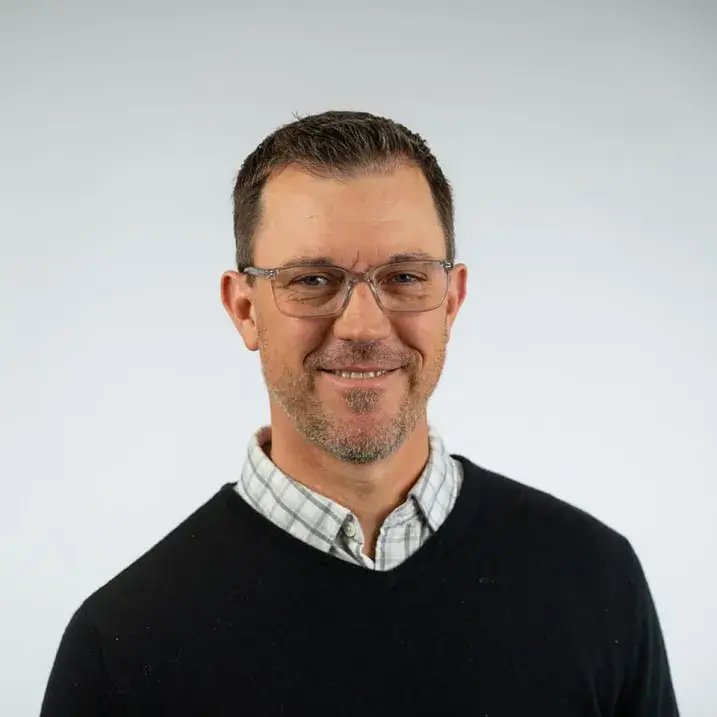Health Science Research Facility 106
149 Beaumont Ave
Burlington, VT 05405
United States
- Ph.D. University of Colorado
Molecular Physiology & Biophysics
JOURNALISTS: Need help scheduling an interview? Contact UVM media relations or search for a UVM expert.
Areas of expertise
Cell division and cancer biology.
The Stumpff lab utilizes a combination of cutting edge quantitative cell biology and single molecule approaches to investigate the molecular mechanisms controlling cell division and how they relate to human disease.
Cell division, in its simplest terms, is the process by which one cell becomes two. Cellular proliferation is necessary for the survival and development of all organisms, and a key objective during the division process is to equally segregate one complete set of replicated chromosomes to each daughter cell. This step is dependent on the microtubule-based mitotic spindle, which acts to capture, align and then partition replicated chromosome pairs. Mitotic spindle function must be tightly regulated to prevent chromosome segregation errors and the production of aneuploid cells, i.e. cells with the wrong number of chromosomes. Aneuploidy is a hallmark of both solid tumor and blood cancer cells, is implicated in the initiation and development of cancer, is a leading cause of human miscarriages and is the cause of monosomy and trisomy syndromes. Thus, elucidating the mechanisms underlying the organization and movement of chromosomes within the mitotic spindle is an important step towards a molecular understanding of a wide range of human health disorders.
- We are currently investigating several fundamental questions related to understanding the mechanisms controlling mitotic chromosome organization and movement:
How do kinesin motor proteins contribute to the spatial and temporal control of chromosome movements and how do defects in these mechanisms contribute to disease? - What are the mechanisms that regulate the mechanochemical properties of mitotic kinesins?
- How does the spatial control of mitotic chromosome movements contribute to the accurate segregation of the genome and its stability?
- Can proteins involved in controlling mitotic chromosome movements be exploited as anti-cancer targets?
BIO
Dr. Stumpff graduated with a B.S. in Biology from Eckerd College in 1998. He received his Ph.D. in Molecular, Cellular and Developmental Biology from the University of Colorado, Boulder in 2004 and was a postdoctoral fellow at the University of Washington, Seattle from 2005-2011. Dr. Stumpff joined the faculty in the Department of Molecular Physiology and Biophysics at the University of Vermont in 2011 and was promoted to Associate Professor in 2019, and Professor in 2024. He is also a member of the UVM Cancer Center.
Publications
Bio
Dr. Stumpff graduated with a B.S. in Biology from Eckerd College in 1998. He received his Ph.D. in Molecular, Cellular and Developmental Biology from the University of Colorado, Boulder in 2004 and was a postdoctoral fellow at the University of Washington, Seattle from 2005-2011. Dr. Stumpff joined the faculty in the Department of Molecular Physiology and Biophysics at the University of Vermont in 2011 and was promoted to Associate Professor in 2019, and Professor in 2024. He is also a member of the UVM Cancer Center.
